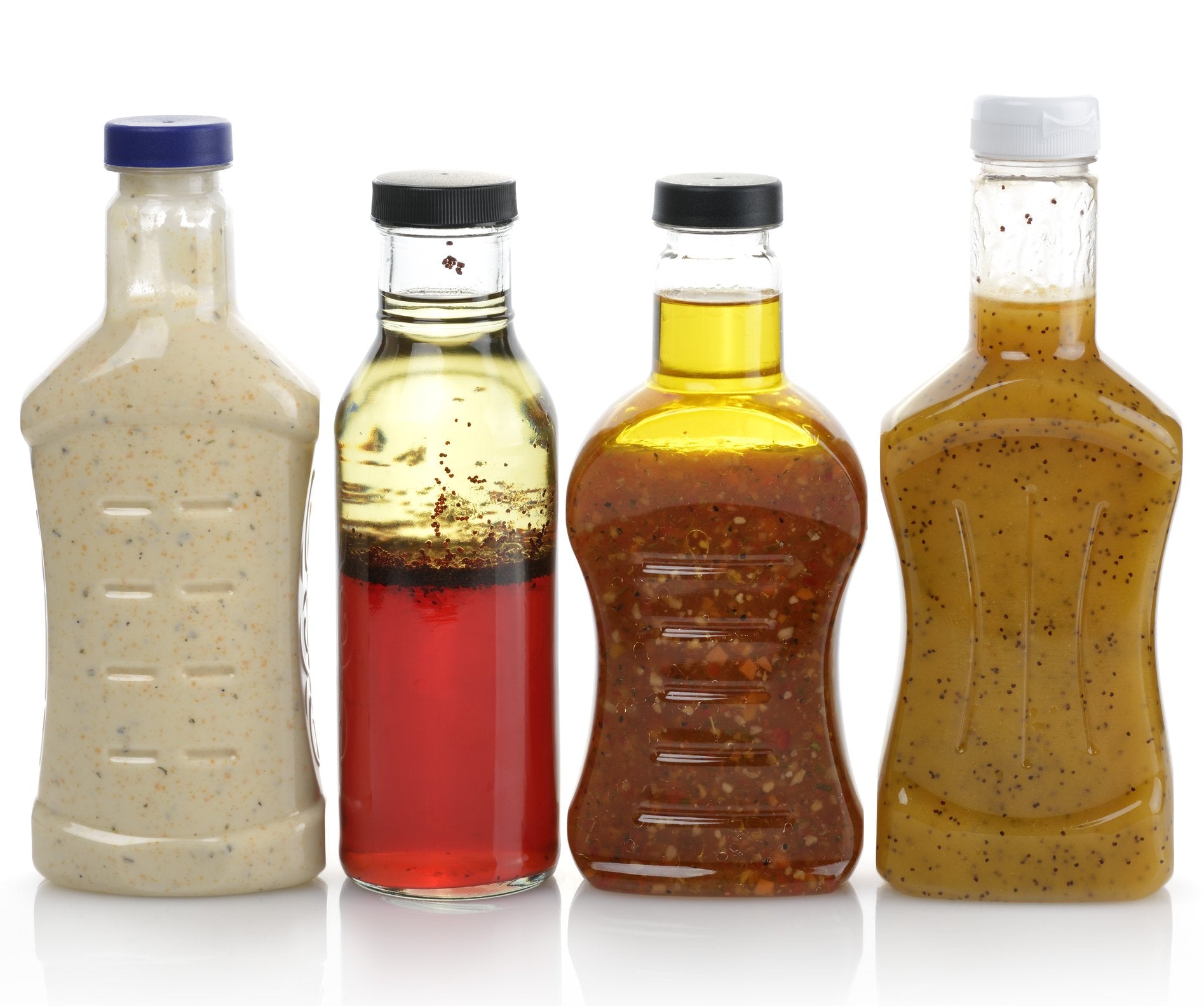Benefits and risks of emulsifiers in daily use
Emulsifiers: Secret Ingredients for Accomplishing Completely Combined Solutions
Emulsifiers play an essential duty in developing steady combinations of immiscible fluids, such as oil and water. Their distinct residential properties enable them to lower surface stress, which is crucial for uniformity in different formulations. Comprehending the distinctions between artificial and natural emulsifiers can influence product quality significantly. As sectors significantly seek to enhance appearance and life span, the option process for the ideal emulsifier comes to be critical. What elements should be thought about in this important option?
Comprehending Emulsifiers: What They Are and Just how They Work
Emulsifiers may seem like a simple enhancement to formulas, they play an essential duty in maintaining mixtures of active ingredients that commonly do not mix well, such as oil and water. These compounds work by lowering surface area tension at the user interface between immiscible fluids, allowing them to mix more evenly. Emulsifiers include both hydrophilic (water-attracting) and lipophilic (oil-attracting) homes, which allow them to anchor themselves at the limit of both stages. By doing so, they develop a safety barrier that prevents the droplets of one fluid from coalescing right into larger masses, thus preserving a secure solution. The performance of an emulsifier depends on its molecular framework, which affects its ability to stabilize combinations. In various applications, from food to cosmetics, emulsifiers ensure a regular appearance and look, boosting both functionality and consumer allure. Their value can not be overstated in accomplishing well-blended solutions.
Kinds of Emulsifiers: Artificial vs. all-natural
Emulsifiers can be extensively classified right into 2 kinds: natural and synthetic, each offering distinct advantages and applications. Natural emulsifiers, originated from plant or pet resources, consist of lecithin, casein, and periodontal arabic (emulsifiers). These emulsifiers are often preferred in clean-label and natural items as a result of their marginal processing and biocompatibility. Their gentle nature makes them suitable for sensitive solutions, particularly in food and cosmetics

On the other hand, artificial emulsifiers such as mono- and diglycerides, and polysorbates are made via chemical procedures. They are generally made use of in industrial applications due to their security and effectiveness in producing solutions. Synthetic emulsifiers commonly display superior efficiency in severe problems, such as heats or differing pH degrees. The option in between all-natural and artificial emulsifiers greatly relies on the specific formulation demands, regulative factors to consider, and customer preferences, influencing their efficient application in various markets.
Features of Emulsifiers in Food and Aesthetic Formulations
The duty of emulsifiers extends beyond simple stablizing; they are essential in attaining the wanted structure, shelf, and appearance life of food and cosmetic products. In food formulations, emulsifiers aid mix oil and water, creating consistent and smooth textures important for sauces, dressings, and milk products. They lower surface area tension, improving the security of solutions, which avoids separation and extends quality.
In cosmetics, emulsifiers assure that active ingredients, such as oils and water, mix perfectly, providing an enjoyable feel and boosting application. emulsifiers. They add to the item's viscosity and spreadability, essential for lotions, lotions, and lotions. Additionally, emulsifiers can envelop active components, improving their circulation and efficiency in formulas. By controlling appearance and enhancing sensory qualities, emulsifiers play a crucial role in conference customer assumptions in both food and cosmetic markets, ensuring items are not only attractive but additionally functionally reliable
Selecting the Right Emulsifier for Your Item

Furthermore, the target application-- whether for food, cosmetics, or drugs-- will influence the selection. As an example, food-grade emulsifiers must abide by safety guidelines, while aesthetic emulsifiers might need skin compatibility. Examining variables such as HLB (Hydrophilic-Lipophilic Balance) assists in anticipating emulsifier behavior in details formulas. Inevitably, an extensive find more evaluation of both regulative considerations and functional requirements is vital to select one of the most effective emulsifier, making sure the end product meets the preferred high quality and security requirements.

Tips for Successful Solution Development and Stability
Accomplishing successful solution formation and stability requires cautious interest to numerous crucial factors. The choice my sources of emulsifier plays an essential function; it ought to be suitable with the oil and water stages to assure efficient stabilization. Second, the ratio of oil to water must be balanced, as an incorrect ratio can bring about instability. Third, the blending procedure must be regulated; high shear blending can assist achieve smaller sized droplet sizes, enhancing stability.
Temperature likewise affects emulsion security; keeping ideal temperatures during formulation stops early separation. Additionally, incorporating stabilizers such as thickeners can better enhance thickness, lowering the chance of phase splitting up. Performing thorough security examinations after formula will certainly aid identify prospective issues, permitting for modifications before final production. By adhering to these guidelines, formulators can achieve trustworthy and consistent emulsions that preserve their wanted homes in time.
Regularly Asked Inquiries
Can Emulsifiers Be Utilized in Vegan Formulations?
Yes, emulsifiers can be made use of in vegan formulas. Many plant-based emulsifiers, such as lecithin from soy or sunflower, supply effective blending without animal-derived active ingredients, making them appropriate for a selection of vegan items.
What Prevail Irritants in Emulsifiers?
Typical irritants in emulsifiers include soy, dairy, and eggs, as particular emulsifiers are obtained from these sources. Additionally, some individuals might respond to ingredients or chemicals used alongside emulsifiers in different formulations.

Just How Do Emulsifiers Impact Service Life of Products?
Emulsifiers improve product stability by preventing splitting up of components, thereby prolonging rack life. They minimize spoilage caused by microbial growth and oxidation, bring about prolonged quality and enhanced top quality in numerous food and cosmetic formulas.
Exist Any Type Of Health And Wellness Problems Related To Emulsifiers?
Research indicates potential wellness issues linked with emulsifiers, including gut microbiome modifications and swelling. While regulative bodies typically consider them secure, ongoing studies remain to check out long-term effects on wellness and general health.
Can Emulsifiers Improve Flavor or Scent in Formulations?
Emulsifiers can enhance taste and scent in formulas by improving component dispersion and security. This leads to a more uniform item, allowing flavors to blend successfully, eventually bring about a much more pleasurable sensory experience for consumers.
Emulsifiers may appear like a click to investigate basic addition to formulations, they play an essential function in supporting blends of components that typically do not mix well, such as oil and water. In food solutions, emulsifiers help mix oil and water, producing smooth and uniform structures important for sauces, dressings, and milk products. Food-grade emulsifiers must conform with security laws, while aesthetic emulsifiers might call for skin compatibility. Typical allergens in emulsifiers include soy, dairy, and eggs, as specific emulsifiers are acquired from these resources. Emulsifiers can improve taste and fragrance in formulations by improving active ingredient dispersion and stability.